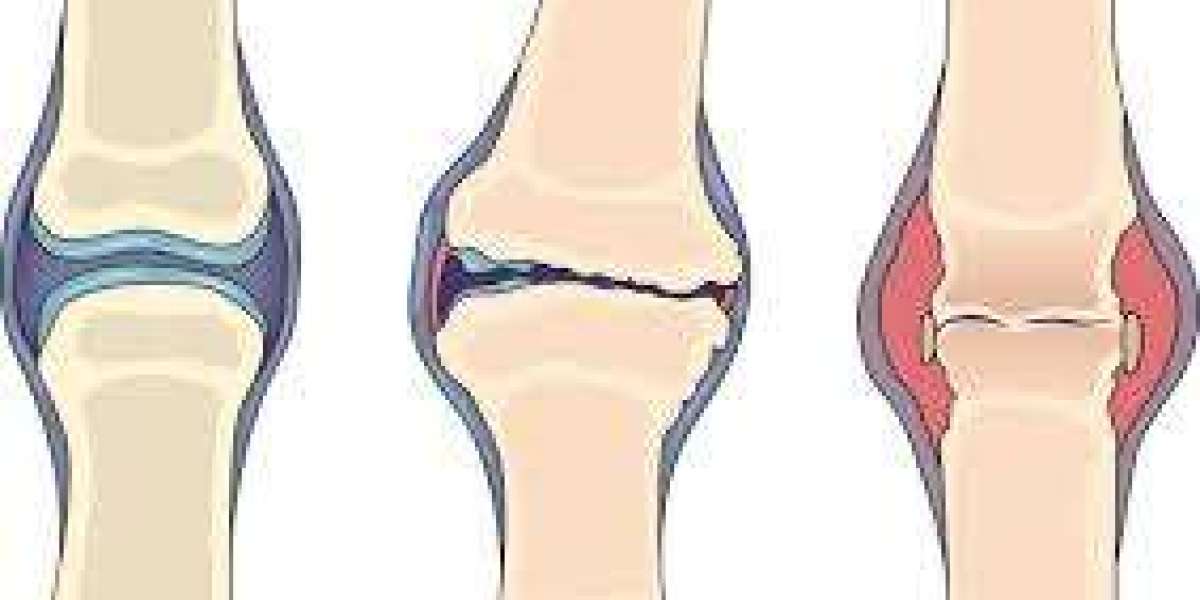Arthritis is a general term used to describe inflammation of the joints, but not all arthritis is the same. Two of the most common types—Osteoarthritis (OA) and Rheumatoid Arthritis (RA)—affect millions worldwide, yet they differ significantly in their causes, symptoms, progression, and treatment. Understanding the differences between OA and RA is essential for accurate diagnosis, effective management, and improved quality of life.
Carticlas tablets are a cutting-edge dietary supplement formulated to promote joint health, reduce inflammation, and support overall well-being. They are designed to address the common issues associated with aging, high physical activity, and other factors that affect joint and bone health.
What is Osteoarthritis (OA)?
Osteoarthritis is the most prevalent form of arthritis and is often referred to as a "wear-and-tear" condition. It typically develops over time due to the breakdown of cartilage—the flexible tissue that cushions the ends of bones in a joint. As the cartilage deteriorates, bones may begin to rub against each other, causing pain, swelling, and reduced joint flexibility.
OA most commonly affects weight-bearing joints such as the knees, hips, spine, and also the hands. It tends to appear in older adults, though younger individuals with joint injuries or repetitive stress on joints can also develop it.
What is Rheumatoid Arthritis (RA)?
Rheumatoid arthritis, on the other hand, is an autoimmune disease. This means that the immune system mistakenly attacks the body’s own tissues—in this case, the lining of the joints (synovium). This attack causes inflammation, swelling, and eventually joint damage.
RA is a systemic disease, meaning it can affect more than just the joints. It may involve other organs such as the lungs, heart, and eyes. Unlike OA, RA can occur at any age and is more common in women. It typically starts in smaller joints like those in the hands and feet and can spread symmetrically to larger joints.
Key Differences Between OA and RA
| Feature | Osteoarthritis (OA) | Rheumatoid Arthritis (RA) |
|---|---|---|
| Cause | Wear-and-tear, aging, injury | Autoimmune response |
| Age of Onset | Usually over 50 | Any age, commonly 30–60 |
| Joint Involvement | Affects joints asymmetrically | Often affects joints symmetrically |
| Symptoms | Pain worsens with activity, stiffness after rest | Morning stiffness lasting >1 hour, joint swelling |
| Systemic Effects | Rare | Common (fatigue, fever, weight loss) |
| Progression | Slow and gradual | Can be rapid and aggressive |
| Inflammation | Mild or absent | Significant joint inflammation |
Diagnosis and Treatment
Both OA and RA require a thorough clinical evaluation for diagnosis. Imaging tests like X-rays or MRIs help detect joint damage, while blood tests such as rheumatoid factor (RF) and anti-CCP antibodies can help confirm RA.
Treatment strategies differ:
OA treatment focuses on pain relief and maintaining joint function. This includes physical therapy, weight management, pain relievers, and sometimes joint replacement surgery.
RA treatment aims to reduce immune system activity to prevent further joint damage. This involves disease-modifying antirheumatic drugs (DMARDs), biologics, steroids, and regular monitoring.
Living with Arthritis
While both OA and RA are chronic conditions, early diagnosis and proactive management can greatly improve outcomes. Regular exercise, a balanced diet, stress reduction, and adherence to treatment plans are key components of living well with arthritis.
In summary, while osteoarthritis and rheumatoid arthritis may share some symptoms, they are fundamentally different in their causes, progression, and treatment approaches. If you're experiencing persistent joint pain or stiffness, consult a healthcare provider for an accurate diagnosis. Understanding the type of arthritis you have is the first step toward managing it effectively.



